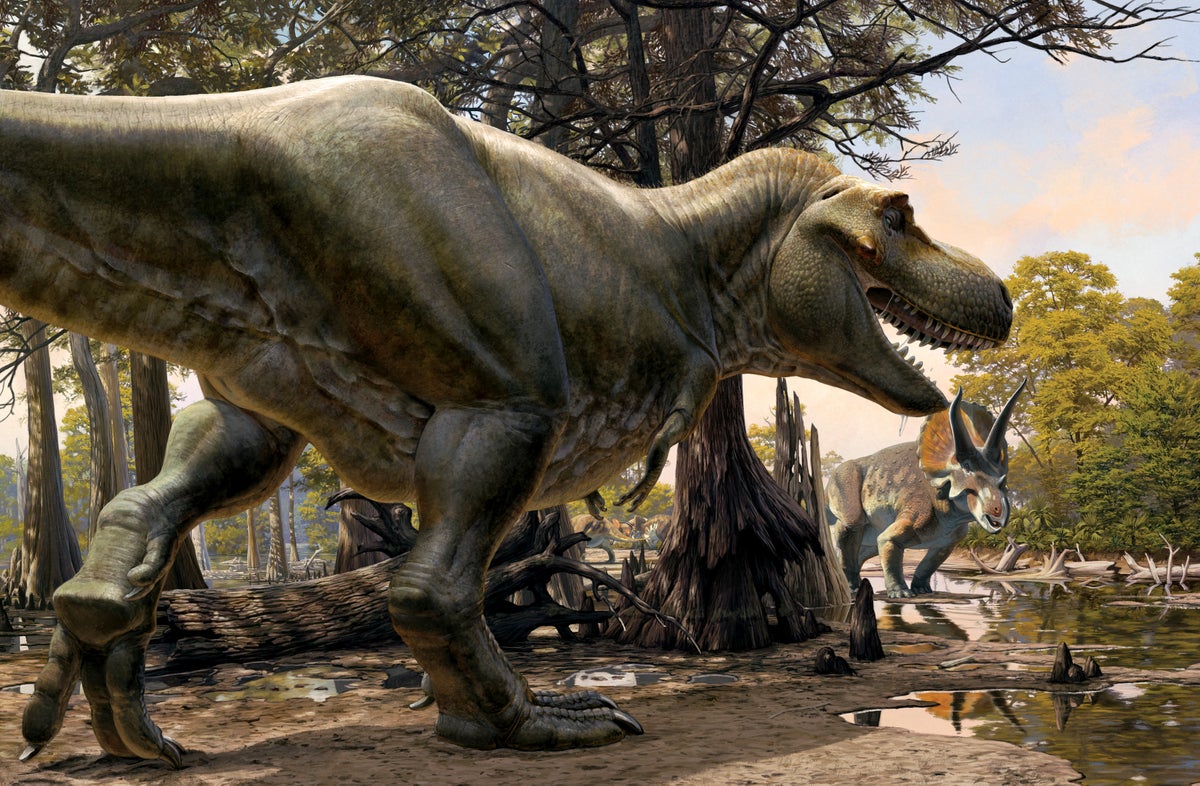- cross-posted to:
- [email protected]
- cross-posted to:
- [email protected]
How Did Dinosaurs See, Smell, Hear and Move?
New fossils and analytical tools provide unprecedented insights into dinosaur sensory perception
People tend to think of paleontology as a field-based discipline, focusing on the romantic allure of summers spent in remote desert locales with pickax in hand, collecting fossils of long-extinct animals new to science. But these days paleontologists are just as likely to make their most significant discoveries in the laboratory using cutting-edge technologies from biomedicine and neuroscience. It is the combination of these disparate approaches that allows us to reconstruct what really might have gone down when T. rex encountered Triceratops.
Our own research tells us that like modern predators, T. rex had a proportionally large brain compared with its plant-eating quarry. A substantial part of its brain was devoted to olfaction, so Tyrannosaurus probably did sniff the air to locate its next meal, whether it was the living Triceratops grazing along the tree line or one that was already dead and rotting in the sun. Once the T. rex isolated a scent, it could then scan the horizon with its stereoscopic vision for any sign of potential prey. Its eyes would have been able to fix on that Triceratops obliviously feeding on a cluster of vegetation far from the safety of its herd.


